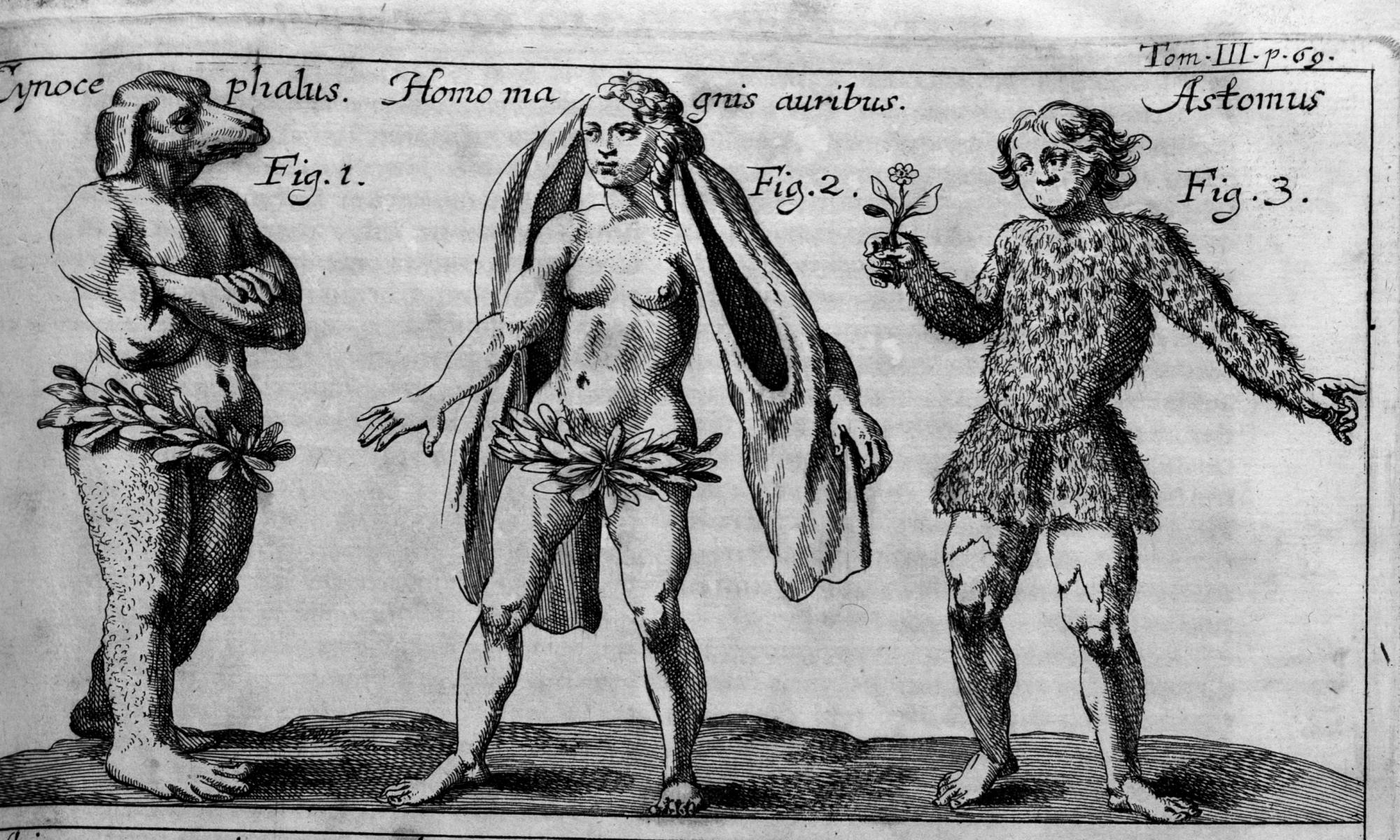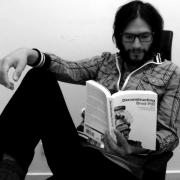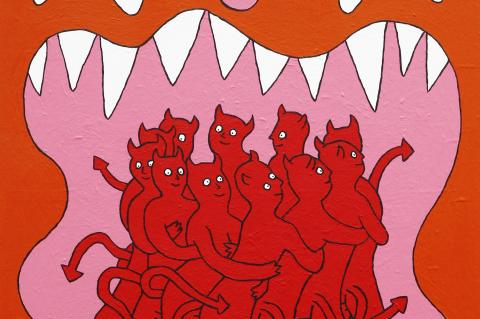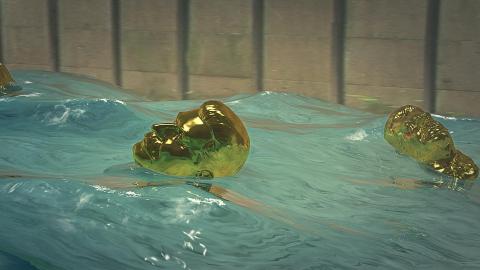Semiotic Dungeons
Racialised signs in the contemporary West are a worrisome apparition of an ancient, abominable spirit. From this linguistic vault, the ‘other’ comes into sight through a wicked textuality that festered in antiquity, the Middle Ages and the Age of Discovery, during which difference was ciphered through terror, magic and mystery. This historical continuum accounts for an enigmatic yet familiar mode of othering: the corruption of racial markers into marks of monstrosity. While not always entirely abhorrent, the disfigured signs that emerge from this crypt of representation carry sadistic traces. Torture and torturer may be out of sight, but the manipulation of the racialised figure is evidence of an occult punishment. Like the growls of a chained prisoner hidden in the sepulchral depths of a torture chamber, the monstrous other reveals its gory confinement.
Image: Johann Zahn, Specula physico-mathematico-historica notabilium ac mirabilium sciendorum, in qua mundi mirabilis oeconomia, nec non mirificè amplus, et magnificus ejusdem abditè reconditus, nunc autem ad lucem protractus, ac ad varias perfacili methodo acquirendas scien, 1696. Publisher: Joann Christoph Lochner, Nuremberg. Courtesy of Louisiana State Library (LSU).




